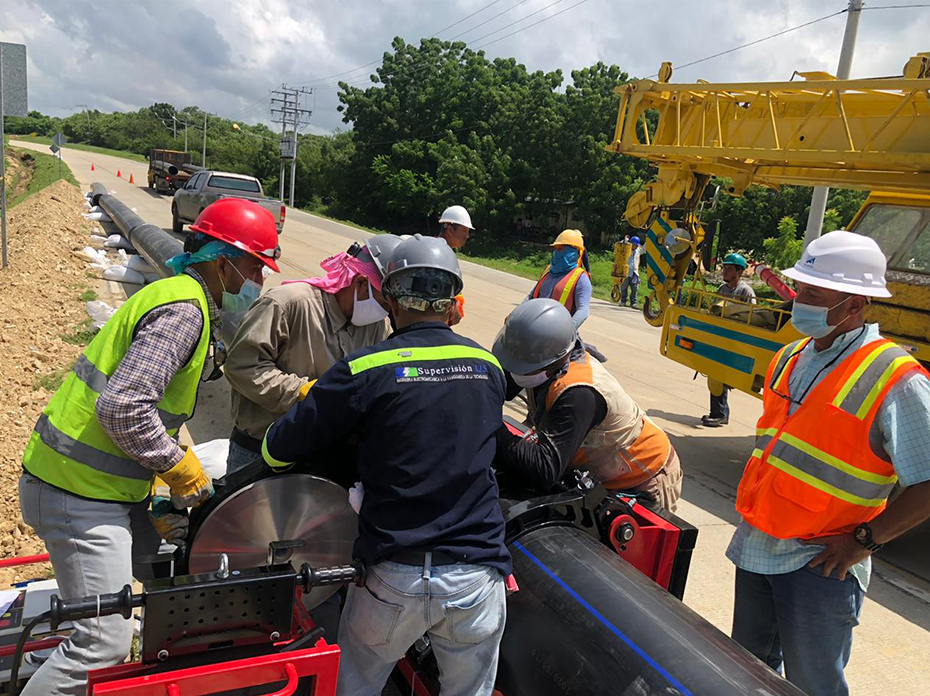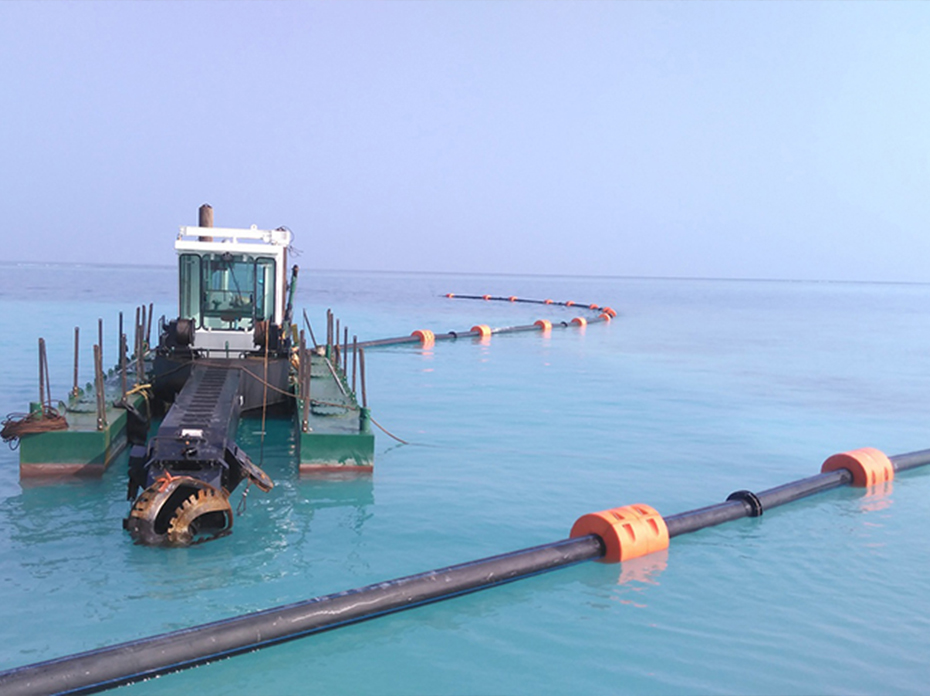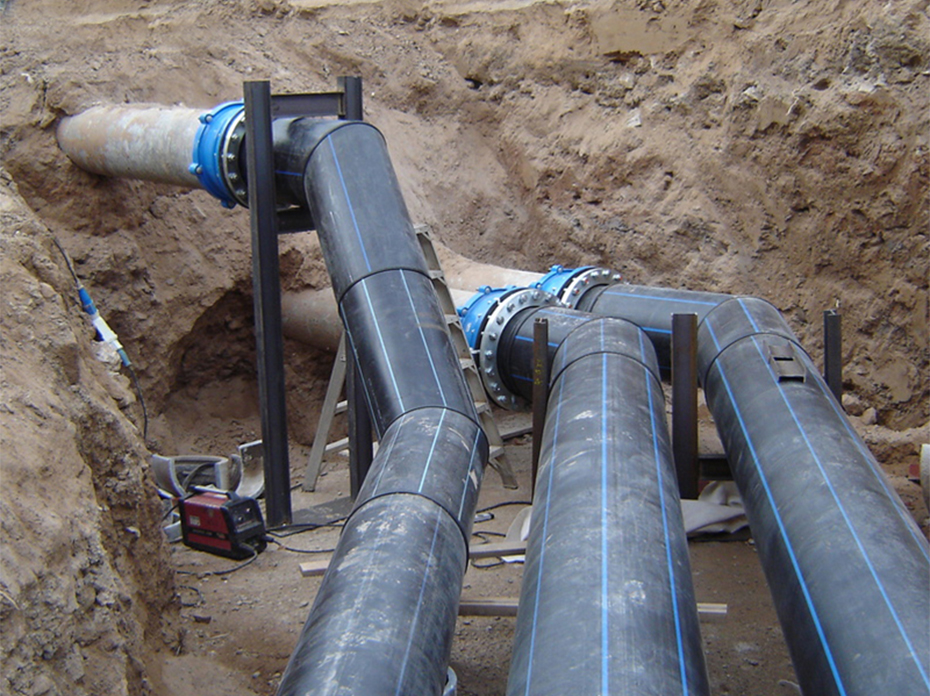Pipelines are crucial for the infrastructure of many industries, especially those operating in the fields of oil, gas, and water. High-density polyethylene (HDPE) pipes are increasingly being used worldwide due to their low cost, high durability, and excellent chemical resistance. An HDPE pipe welding machine is an essential tool for safely connecting HDPE pipes and fittings. Its technical specifications make it suitable for various welding and manufacturing applications.
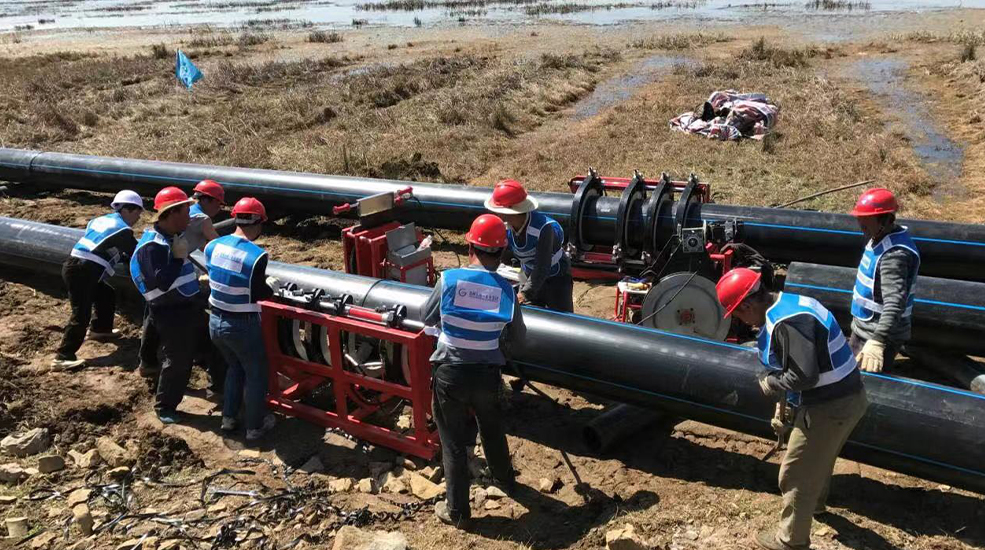
Methods of HDPE Pipe Welding
- Electrofusion Welding
Specialized electrofusion welding machines are used to join straight pipes with straight pipes or straight pipes with fittings. This method is commonly used for pipes below 160mm in diameter. - Butt Fusion Welding
Specialized butt fusion welding machines are used to join pipes together. This method is typically used for pipes above 160mm in diameter. - Steel-Plastic Connection
Methods such as flanges and threaded connections can be used for joining steel and HDPE pipes.
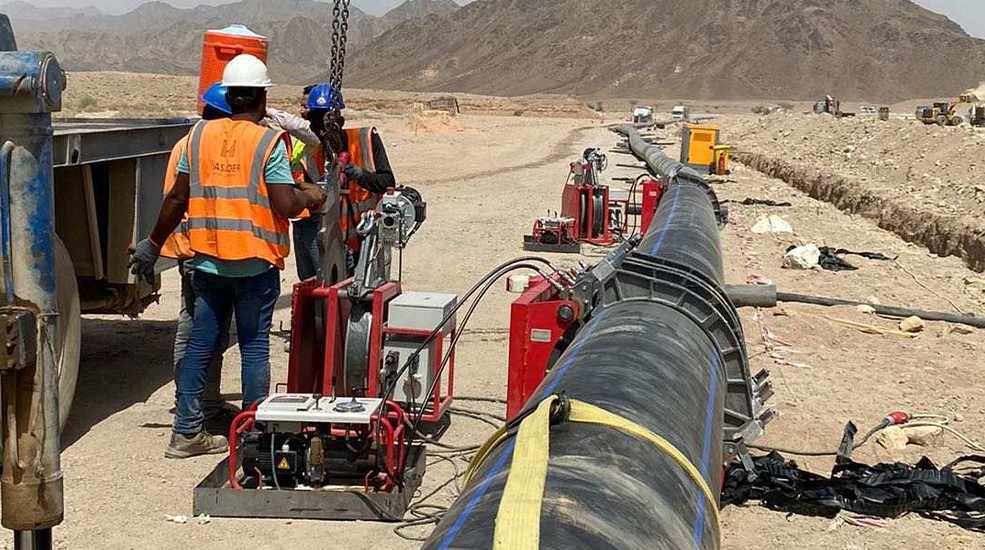
To facilitate construction and ensure construction quality, appropriate tools should be prepared, such as rotary cutters for cutting pipes, rotary scrapers for removing oxidation from the pipe surface, wall scrapers for removing scale from the surface of large-diameter pipes, and gas arrest tools for on-site gas shutdown operations.
Steps for HDPE Pipe Welding
- Clamp and Clean the Ports
Ensure that the two HDPE pipe ports to be connected are clean and free from contaminants. Use pipe clamps to secure the two pipe ports, ensuring the stability of the connection. - Adjust and Plane the Ports
Use a scraper or cutting tool to adjust the pipe ports, keeping them flat and perpendicular. Ensuring the flatness and perpendicularity of the ports can improve the quality and sealing performance of the connection. - Align the Ports
Align the two pipe ports and ensure they are completely vertically aligned. This is a crucial step to avoid future issues such as leakage or weak connections. - Apply Pressure and Fusion Welding
HDPE pipe welding equipment to apply appropriate heat and pressure to heat and fuse the two pipe ports. During the fusion process, the molten edges of the pipes merge together, forming a strong connection. - Release Pressure and Cool
After the fusion welding is complete, keep the pipe connection under pressure and wait for sufficient cooling time for the connection to fully solidify and cure. The cooling time typically depends on the thickness of the pipes and the ambient temperature.
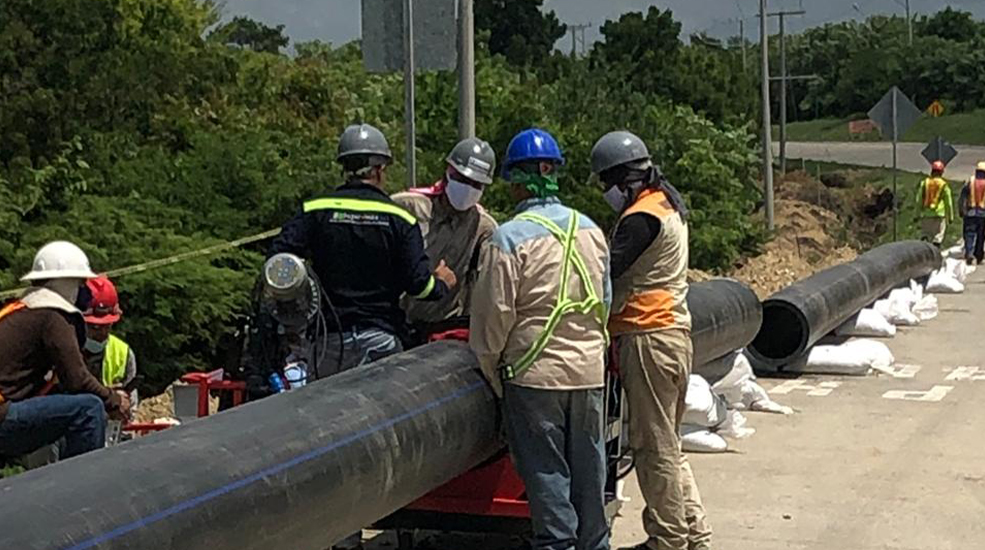
In bulk HDPE pipe connection projects, an HDPE welding machine is the best choice for labor-saving, accurate, and efficient jointing of pipelines.
You are welcome to : phone call, Message, Wechat, Email& Seaching us, etc.






